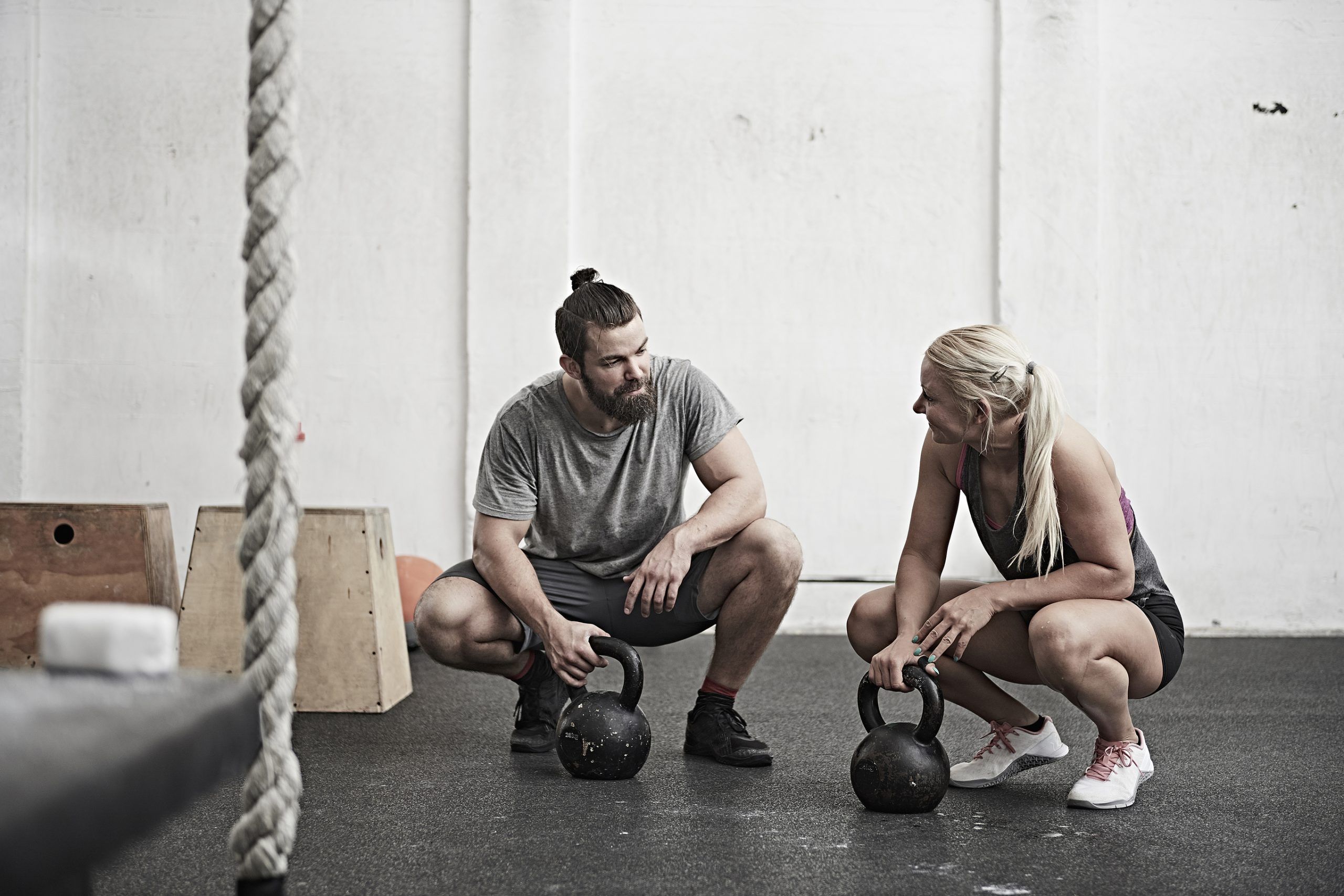Cross-training is a vital method for sportsmen and sportswomen looking to boost their endurance, strength, and overall fitness levels. For rowers, this can be particularly beneficial, as their sport necessitates a high level of physical prowess and stamina. The question that arises is, what are the best cross-training sports for competitive rowers? In this article, we will delve into some of the most effective cross-training activities that rowers can incorporate into their training routines to enhance their performance and fitness.
Running: A High-Endurance Sport
Running is an excellent cross-training sport for rowers, as it contributes significantly to boosting their endurance. Rowing and running share many similar demands on the body, due to the need for cardiovascular stamina, leg strength, and mental fortitude. Just like rowing, running also works the entire body, from the core to the legs and arms. It is a simple and accessible way to build strength and stamina, which are essential for rowing.
Topic to read : How can UK petanque players improve their accuracy through mental training?
Furthermore, running provides a variety of training options, from sprinting, which can help develop power, to long-distance running, which boosts endurance. Running on different terrains, such as hills, can also provide varied training stimuli, helping to develop different muscle groups and avoid monotony.
Indoor Cycling: A Low-Impact Alternative
For those rowers who may be wary of the high-impact nature of running, indoor cycling can be an excellent alternative. As a low-impact sport, cycling places less stress on the joints while still providing a rigorous cardiovascular workout to aid endurance.
Also read : What advanced tactics can UK bridge players use to sharpen their strategic thinking?
Indoor cycling is particularly beneficial as it allows rowers to have a controlled environment where they can monitor their heart rate and resistance, ensuring they are working within the appropriate training zones. Moreover, it enables rowers to train regardless of the weather conditions, which is not always possible with outdoor sports.
Indoor cycling also shares a similar rhythmic movement with rowing, making it a suitable cross-training sport. The repetitive motion and emphasis on powerful leg drive in both sports can provide compatible training benefits.
Strength Training: Enhancing Power and Stability
Strength training is an integral part of any cross-training regimen for rowers. Rowing requires a blend of strength and endurance, with the rower’s power being directly transferred to the oar to propel the boat forward. Therefore, strength training offers a plethora of benefits for rowers.
It is important to note that strength training for rowers should not merely focus on developing large muscles but should be geared towards functional strength. This means focusing on movements that will directly benefit the rowing stroke, such as squats for leg power, deadlifts for back strength, or planks for core stability.
By incorporating strength training into their training regimen, rowers can improve their power output and rowing efficiency, reduce the risk of injury, and enhance their overall rowing performance.
Cross-Training: A High-Intensity Mix
High-Intensity Interval Training (HIIT) and circuit training can be an exceptional addition to a rower’s training routine. These types of workouts often involve a mix of strength training and cardio, making them efficient for total body training.
For example, a circuit can include a mix of rowing or running intervals, strength exercises like push-ups or squats, and mobility exercises to enhance flexibility and recovery. This approach provides a well-rounded workout, targeting various fitness components in a single session.
The intensity of these workouts can also mimic the demands of a rowing race, making them particularly relevant for competitive rowers. The challenging nature of HIIT and circuit training can also help to build mental toughness, a critical aspect of any endurance sport.
Swimming: An All-Around Cross-Training Sport
Swimming is another effective cross-training sport for rowers. It provides a total body workout, emphasizing upper body strength, which is crucial for rowing. Moreover, swimming enhances cardiovascular fitness and promotes recovery, thanks to its low-impact nature and the therapeutic effect of water.
Just like rowing, swimming requires a high level of technical skill and coordination, making it a mentally engaging cross-training option. Different swimming strokes can also aim at various muscles, providing varied training stimuli for the rower.
In conclusion, finding the right balance of cross-training sports is paramount for rowers looking to enhance their performance. Each sport offers unique benefits, and incorporating a range of them into a training program can provide a comprehensive approach to improving rowing fitness and performance. Whether it’s running, cycling, strength training, HIIT, or swimming, each sport offers rowers the opportunity to enhance their physical capabilities in a way that complements their rowing training.
Yoga: A Balance of Strength and Flexibility
Yoga can be a beneficial cross-training activity for rowers. Although it may not immediately come to mind when thinking of endurance or strength building exercises, yoga offers a unique blend of benefits that can complement the physical demands of rowing.
Yoga poses, or asanas, work on improving balance, flexibility, and core strength. These are all crucial components for a rower, who must consistently maintain a stable position in the boat while executing powerful strokes. Core strength, enhanced by yoga, aids in maintaining this balance and provides a stable base for the rowing stroke.
Flexibility, another key aspect developed through yoga, can lead to improved rowing technique, as it allows for a greater range of motion. This can result in a more efficient stroke, thus improving the rower’s overall performance. Additionally, the increase in flexibility can help prevent injuries, a common concern for any athlete participating in a physically demanding sport.
In terms of mental benefits, yoga’s emphasis on mindfulness and breath control can help rowers manage stress, improve concentration, and maintain calm during intense racing situations.
Pilates: The Core of the Matter
Pilates is another cross-training sport that can provide significant benefits for rowers. Similar to yoga, Pilates focuses on core strength, flexibility, and balance. However, it also includes a greater emphasis on the development of functional strength.
In Pilates, much of the work involves the deeper muscles in the body, which are essential for maintaining posture and alignment during the rowing stroke. This focus on deep core strength can help rowers improve their stroke power and efficiency.
Furthermore, Pilates exercises often involve controlled, precise movements, which can enhance a rower’s body awareness and coordination. This heightened body awareness can translate into improved rowing technique.
Like yoga, Pilates also offers mental benefits. The concentration required in Pilates can help to improve focus and mental clarity, which are crucial during intense workouts and races.
Conclusion: The Power of Cross-Training
In the end, the benefits of cross-training for UK competitive rowers cannot be overstated. Whether it’s running, indoor cycling, strength training, HIIT, swimming, yoga, or Pilates, each sport offers unique opportunities to enhance physical and mental readiness for rowing.
Cross-training provides not only the physical benefits of improved strength, endurance, and fitness, but also the mental benefits of increased focus, stress management, and mental toughness. As we’ve seen, these sports can help rowers handle the high-intensity demands of their sport, from the strength required to execute a powerful stroke to the endurance needed to maintain pace over a long race.
Incorporating a variety of cross-training sports into a rower’s training routine ensures a comprehensive, all-around approach to fitness, enhancing both rowing performance and overall athletic capability. As we move into the spring season with April fast approaching, now is the perfect time for athletes to consider how they can integrate these sports into their training routines, to be at their best when it’s time to get back on the water.






